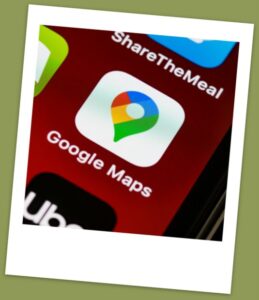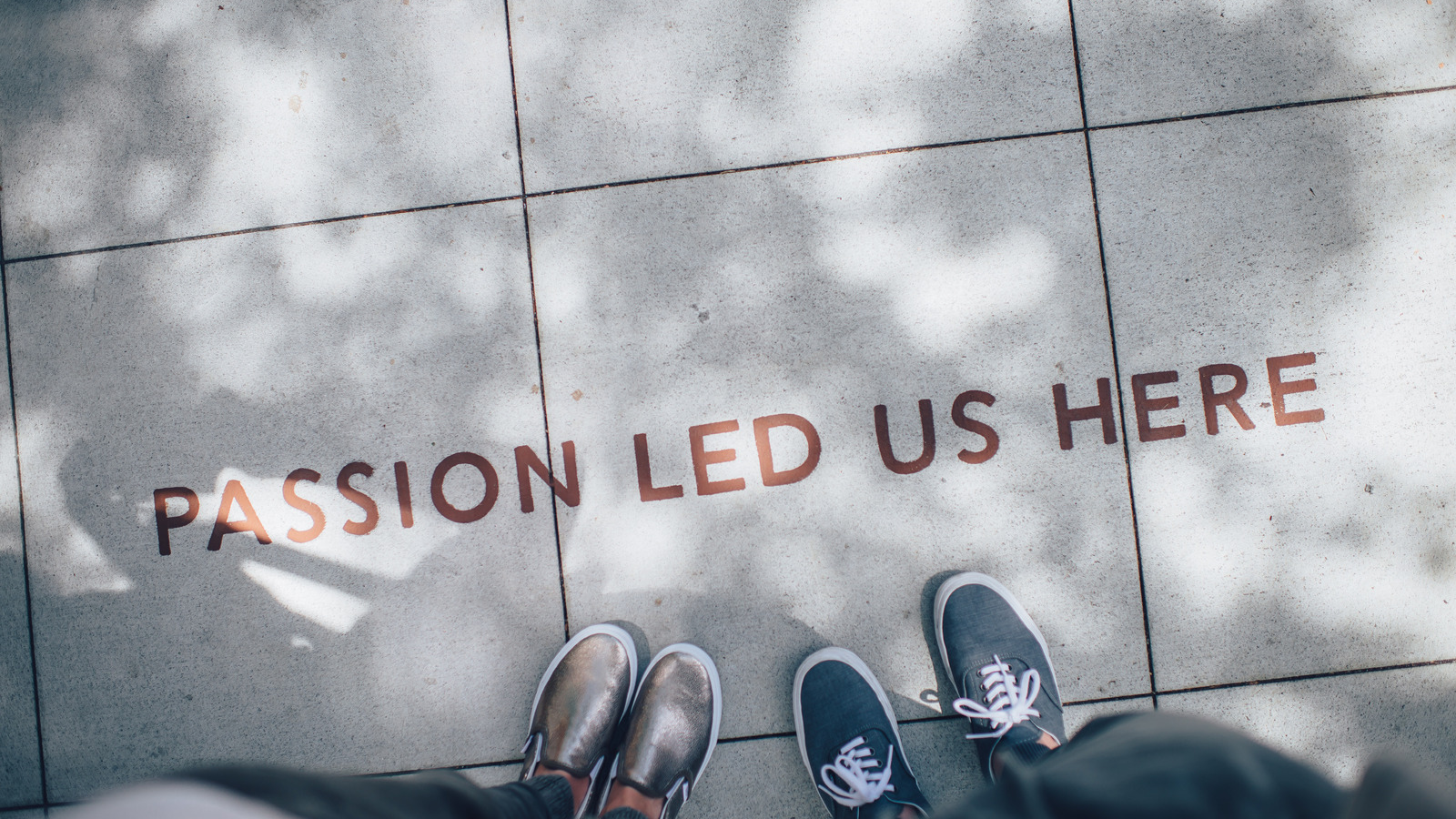Hello Folks!🖐
I am back with another interesting topic for you. What is Google User Content? Let’s dive right into it without any further delay.
Google User Content is a new feature that Google has introduced to YouTube. It allows users to upload and share videos on YouTube.
The only difference between this content and the regular content that is uploaded by the people who are registered on the site is that it does not have ads or comments on it.
What is it? How it Works, and the Importance of Copyright:
Google User Content was introduced in order to give people who do not have an account with the site, an opportunity to post videos too.
This feature allows them to share their stories with the world without having any interruption from ads or comments from other viewers of their video.
In the past, Google has been accused of violating copyright laws by allowing users to upload material that infringes on copyright.
Safe Sharing Practices by Google:
In response, Google has adopted a new strategy that focuses on user content and safe sharing practices. Google is now taking steps to protect copyright owners by providing them with tools to report any infringing content.
They are also working on developing new technology to identify when copyrighted content is uploaded and flagging it as inappropriate for Google’s search engine.
The Best Ways to Capture Google User Content:
Google has been collecting user data for years. It is no wonder that it has become the most popular search engine in the world.

A lot of this data is collected from users who are using Google products such as Google Maps, Gmail, and Google Search.
The best way to capture google user content is by being active on various social media platforms and sharing your content on these platforms.
This will allow you to get your content in front of a large audience and make sure that you are capturing the right kind of data which can be used to improve your product or service.
How Your Business Can Benefit from Google User Content?
Google User Content is a valuable source of data that can be used to improve your business. You can use it to generate content ideas, find new customers, and make better decisions.
The Legal Issues of Sharing Images Online:
The internet has made it much easier to share images online. The downside is that this also makes it easier for people to violate copyright law.
Copyright laws are set up so that people can’t just take images and use them as they please without getting permission from the creator or paying for a license.
However, if you want to know whether or not you are violating copyrights when you post an image on social media or in a blog post, there’s no clear answer.

Because these laws haven’t been updated since 1976 when we didn’t have all these new ways of sharing photos digitally with each other across borders and time zones.
How to Find the Right Image When You Need it While Avoiding Copyright Issues?
There is nothing more frustrating than when you are trying to find the perfect image for your blog post or article and it turns out to be copyrighted.
It’s a really common problem for bloggers, marketers, and content creators. Thankfully, there are some great resources that can help you find the right image without breaking copyright law.
Google Images is one of the best resources for finding royalty-free images that you can use in your content marketing. Google has a huge database of images with no copyright restrictions on them so they are free to use as long as they are not used commercially or modified in any way.
Google’s TOS for Contributing to Open Source Projects:
Google’s open source projects are not subject to the same terms of service as their proprietary software.
Google, a company that has always been at the forefront of technology and innovation, has recently made a change in its Terms of Service for Contributing to Open Source Projects.
This change is not surprising, given Google’s long history with open-source software and the company’s desire to foster innovation.
It has always been committed to open-source software and making its products available for free. The company believes that this is one way they can encourage people to come up with new ideas and solve problems in new ways.
This commitment goes beyond just providing code for free; Google also believes that developers should be able to use the code for whatever purpose they want without limitations on how it can be used or shared.
Sharing Images on Google That Won’t Violate Copyright Laws?
People use images to communicate more than words. And when you share an image on social media, it’s like giving someone a piece of your heart.
But sharing images online also means that you need to be careful about what you are posting and where you are posting it.
If you want to share an image on Google without violating copyright laws, then here is a list of things that you should know:
Licensed Images:
– You can’t upload any images that have been copied or taken from other websites unless they have been licensed for commercial use.
Owner’s permission:
– You can’t make copies of logos or trademarks and post them online without the owner’s permission.
Watermark:
– If the image has a watermark, don’t crop out the watermark from the photo before uploading it to Google.
What is Google’s User Content Policy?
Google’s User Content Policy is a set of guidelines that the company has set for the user-generated content on its platform. It governs the use of Google services and products.
It has become an integral part of our lives. With a simple search, we can find anything from recipes to local businesses. It is also used for communication, with Gmail, Hangouts, and Google Plus being popular tools for people to use to chat with friends and family.
This means that it has more responsibility than ever to maintain its reputation as a safe and secure company. To do this, it needs to have guidelines in place that govern how users interact with the service.

What Google Doesn’t Allow in User Content?
Google has a set of rules for user content that it does not allow on its platforms.
Google’s policies are in place to protect the integrity of its products and services, as well as to make sure that users have an enjoyable experience.
The policy is applicable to all Google services and it prohibits any content that violates laws, promotes violence, threatens or harasses other people, contains nudity or sexually explicit content, or includes hate speech.
What are the Rules for Creating Professional Content on Google?
When it comes to content creation, there are a few rules that you need to follow. In this section, we will cover some of the best practices and dos and don’ts for creating professional content on Google.https://contentflavour.com/how-to-become-a-content-creator-on-you-tube/
The first thing you should do is make sure you have an original idea and not just copy someone else’s work.
This is a common mistake that people make on the internet because they think it is okay as long as they put their own spin on it.
It’s not okay because it can get you in trouble with Google or Facebook if they find out about it.
How Google User Content Affects Your Website?
Google is a search engine company that provides an online platform for sharing information. It uses an algorithm to rank the order of its search results, and the first few pages are usually filled with websites that have high-quality content.
Google wants to make sure that they are providing the best experience for their users, so they have come up with a new way to rank websites in their search results – by looking at user content. The more useful content there is on a website, the better it will rank in Google’s SERP.
The Benefits of Google User Content:
Google has been using user-generated content for a long time. It has been using it for search queries and also on Google Maps.
It is now going to use UGC in the new Google News app. It will be available to people who are subscribed to the service and will help them get a more personalized experience.
The benefits of google user content are many, including:

-It provides information that is more accurate than what would be provided by an algorithm.
-It helps with providing a more personalized experience.
-It can be used in many different ways.
That would be all for this topic.
Think about it. Until next time stay safe and healthy.
Happy Reading!👩



Leave a Reply